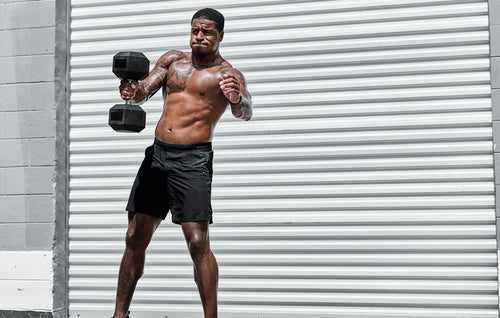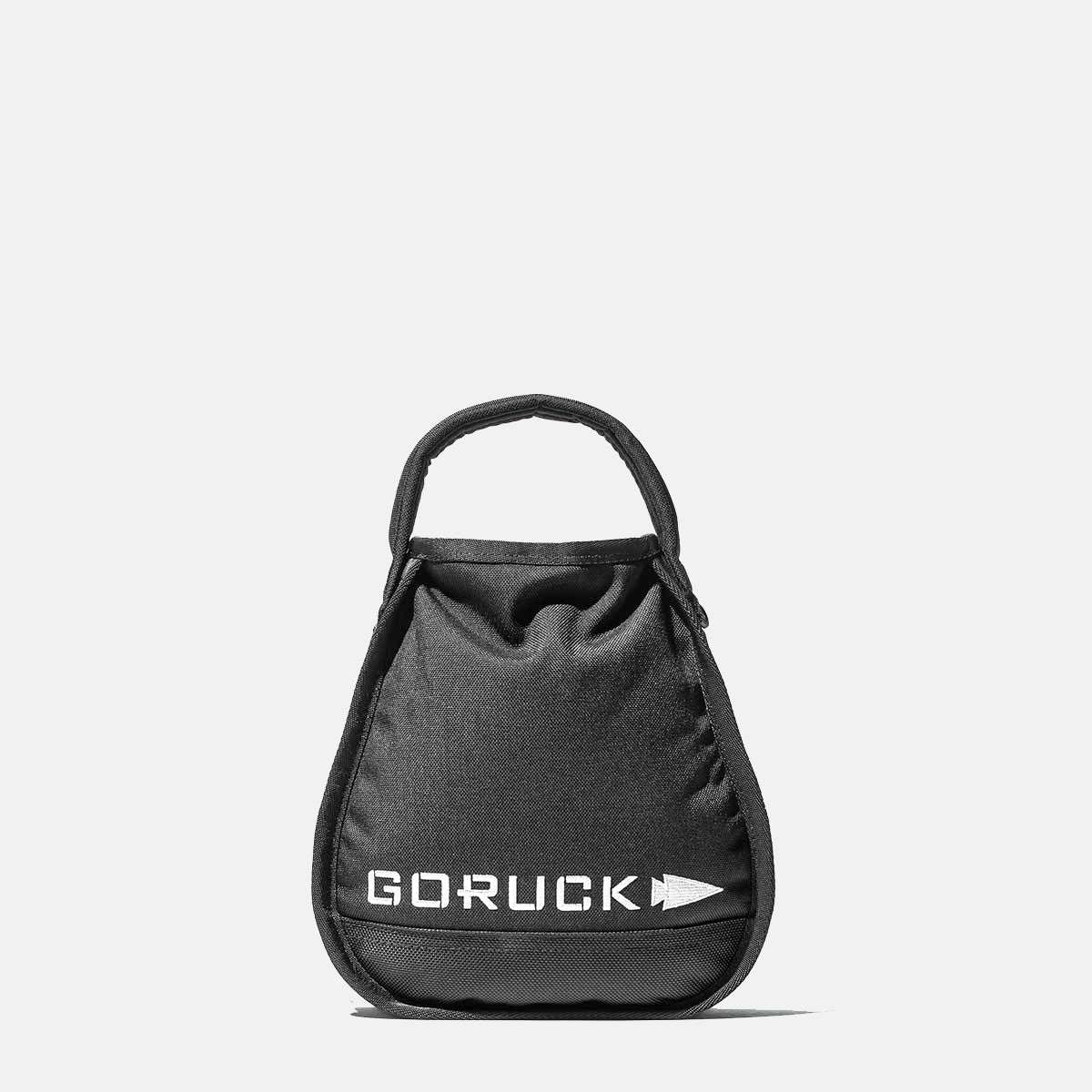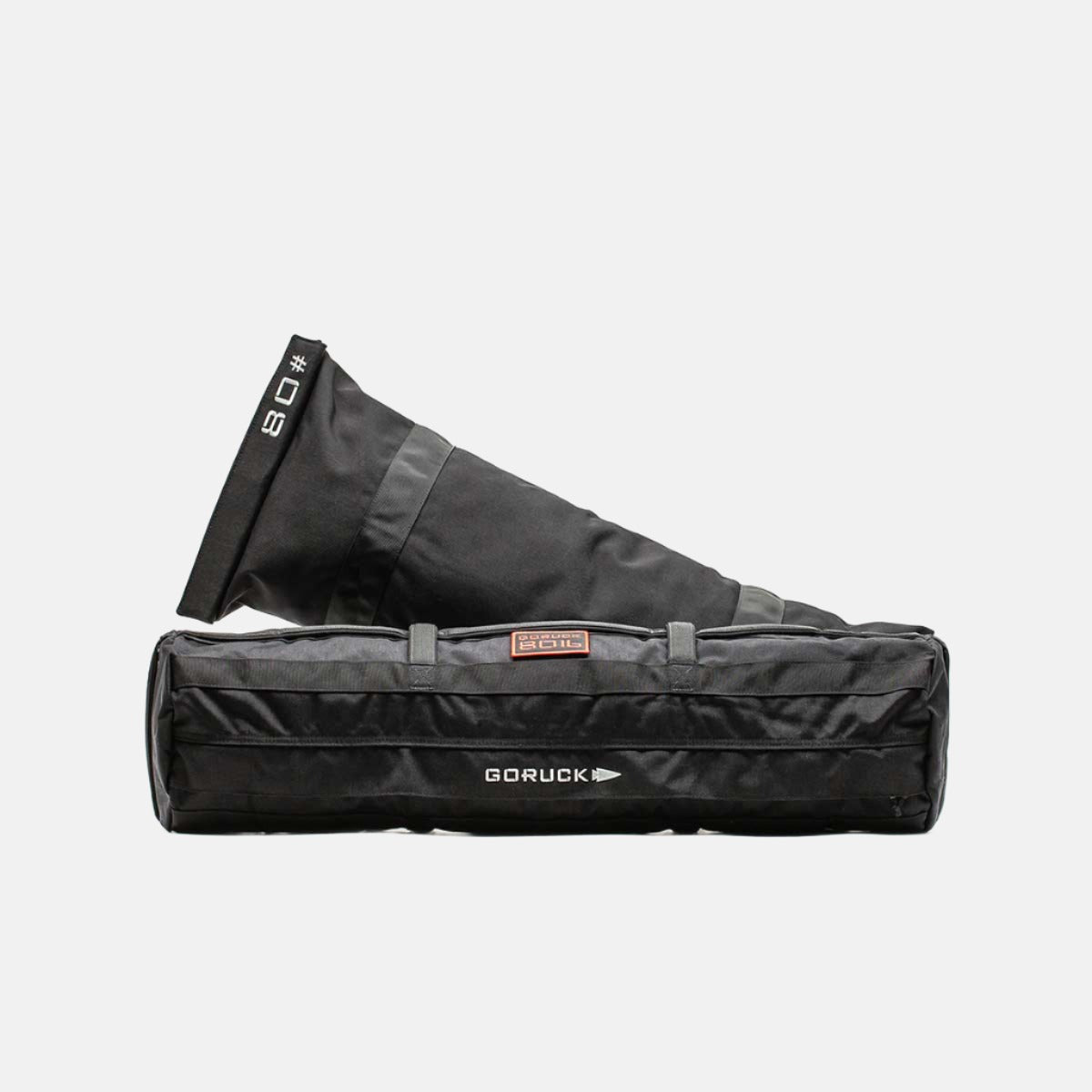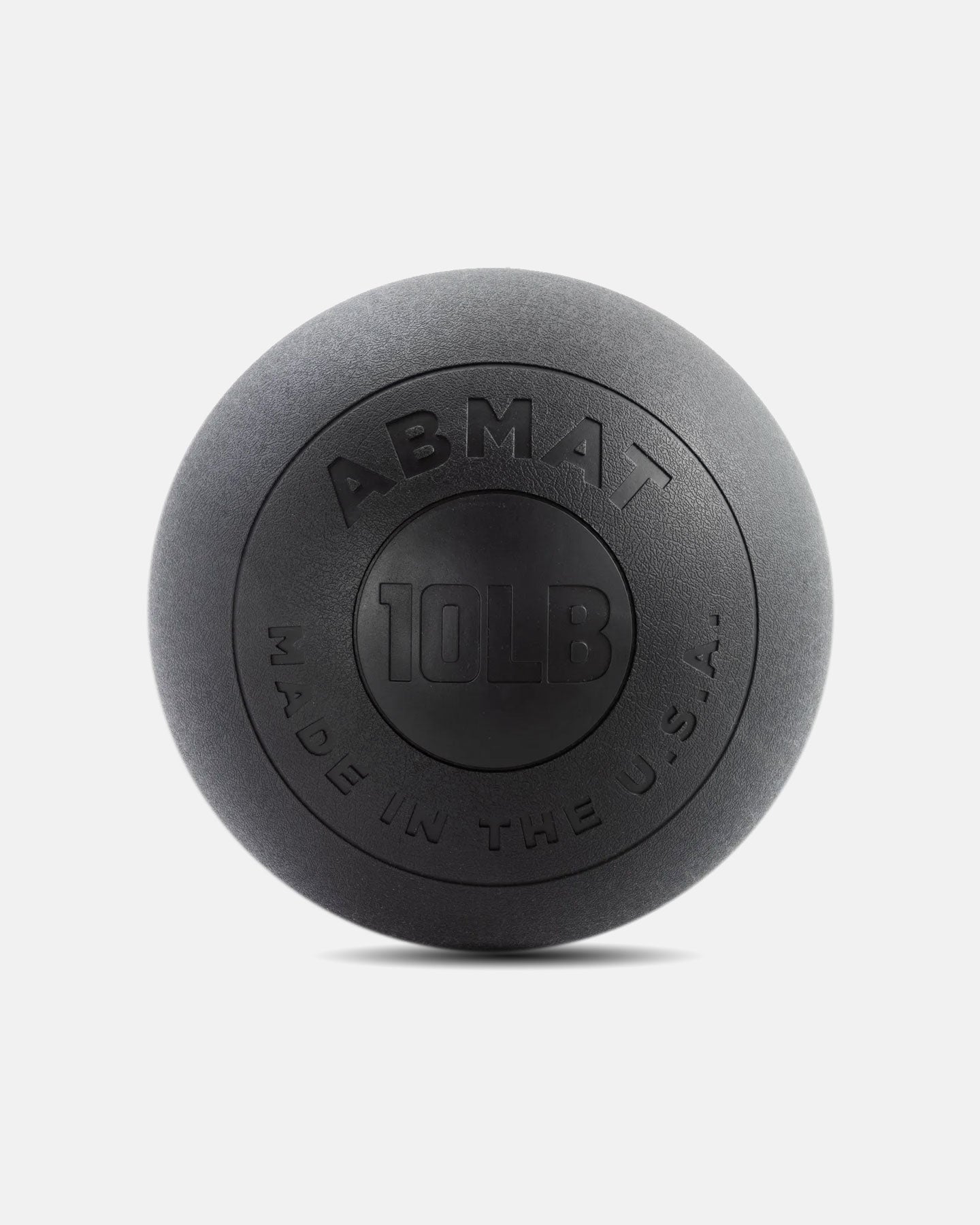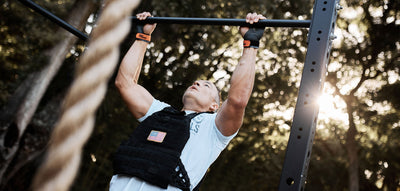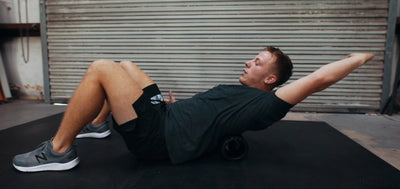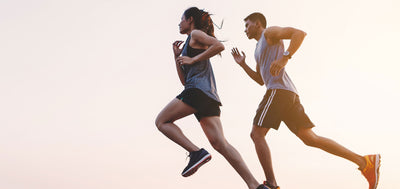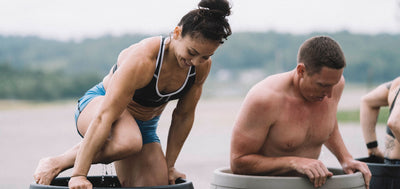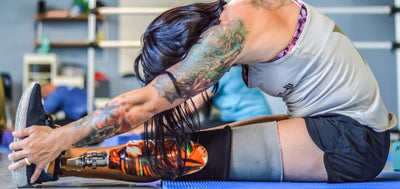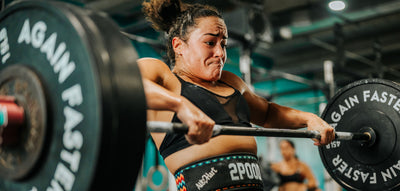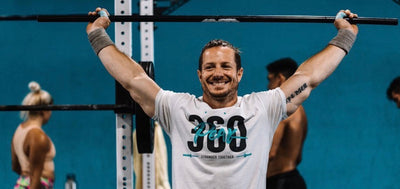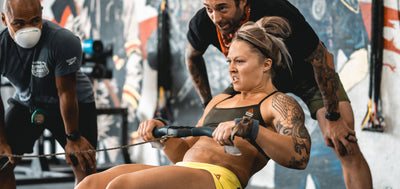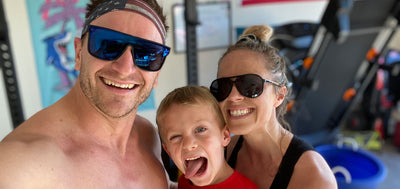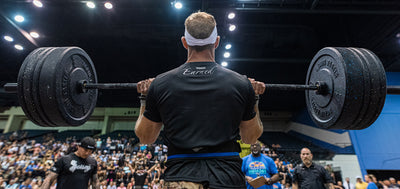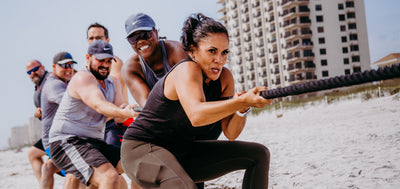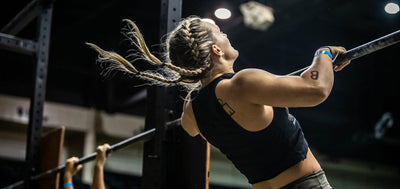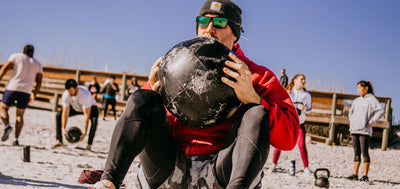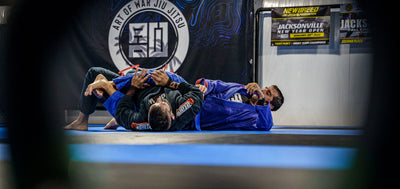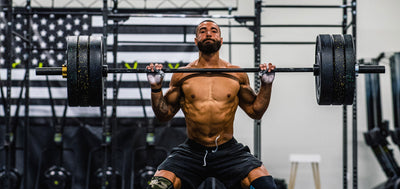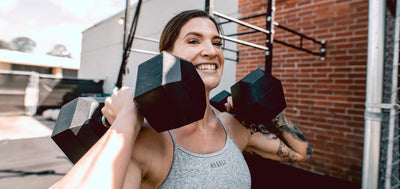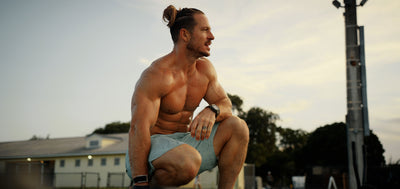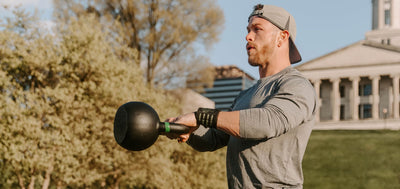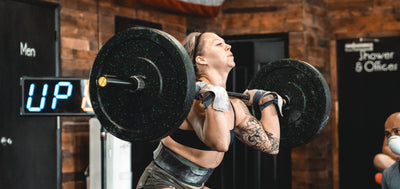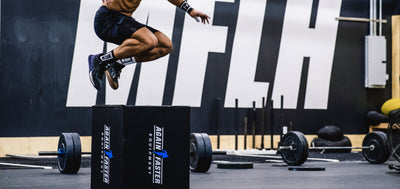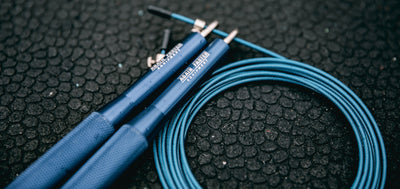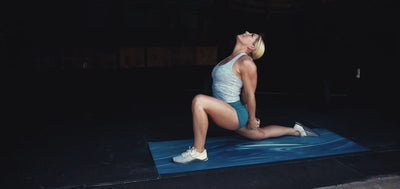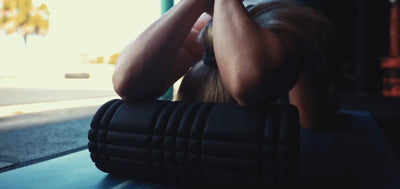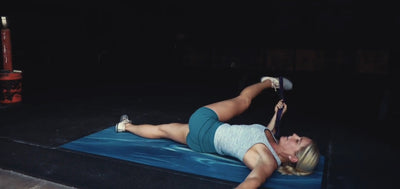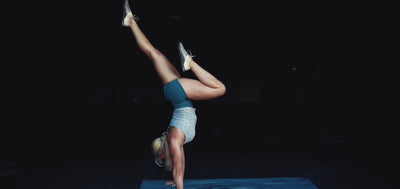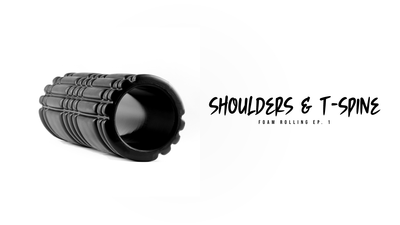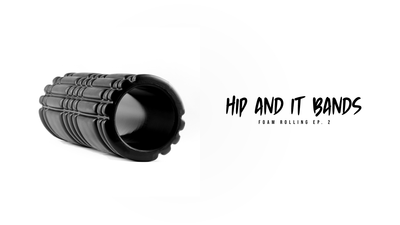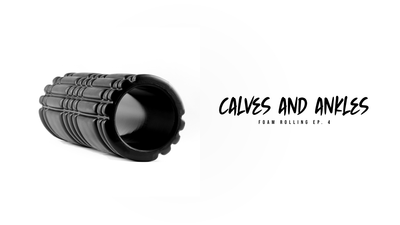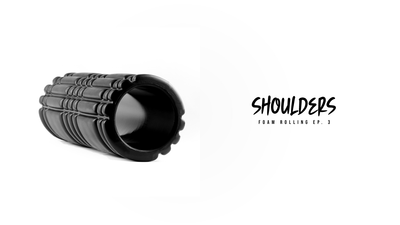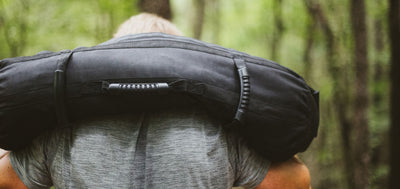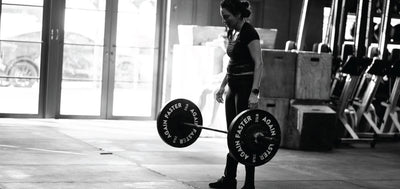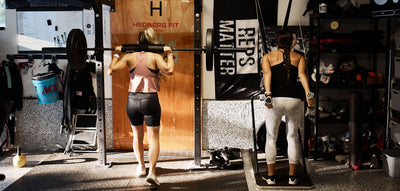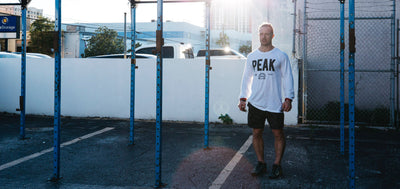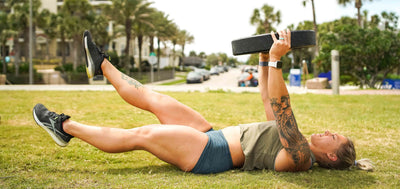Medicine ball Rotational Throws
Why: Improves rotational strength, core stability, flexibility, and overall conditioning.
How:
- Hold the medicine ball close to your body while facing lateral to a solid wall.
- Ensure that you are standing 3-4’ away from the wall to get the adequate amount of recoil and bounce off the wall.
- Rotate the trunk and push the ball aggressively to the wall. Catch the ball and come back to the original position.
Surfing Benefit:
Rotational Throws simulate the trunk rotation needed in turning the surfboard. Also, the uneven, unstable nature of the ocean, helping to build the functional strength and endurance needed for long paddles and maintaining balance on your board.
Strength Training Workout for Surfing
To get the most out of these functional fitness movements, incorporate them into a balanced training routine. Here’s a sample surf fitness workout plan:
Warm-Up:
5 minutes of light jogging, dynamic stretches, or yoga for surfing.
Workout:
- Overhead plate Carries: 3 sets of 50 meters each
- Surfer Burpees: 3 sets of 15-20 reps.
- Kettlebell Swings: 3 sets of 15-20 reps.
- Medicine Ball Thrusters: 3 sets of 12-15 reps.
- Med ball Rotational Throws: 3 sets of 8-10 reps each
- Flutter Kicks: 3 sets of 30-45 seconds.
Cool Down:
5-10 minutes of stretching, focusing on the shoulders, hips, and lower back.
“Surfing is more than a sport, It's a way of life.” - Jeff Spikoli
Just like the wise Jeff Spikoli said, your exercise routine should mimic your surfing practice. Functional fitness movements are a key component of your best surfing sessions. By incorporating these exercises into your routine, you’ll build the strength in multiple planes, endurance to paddle out, and agility needed to go deeper on the takeoffs. So grab your gear, hit the gym, and prepare to ride the waves with newfound power and confidence. Happy surfing!
